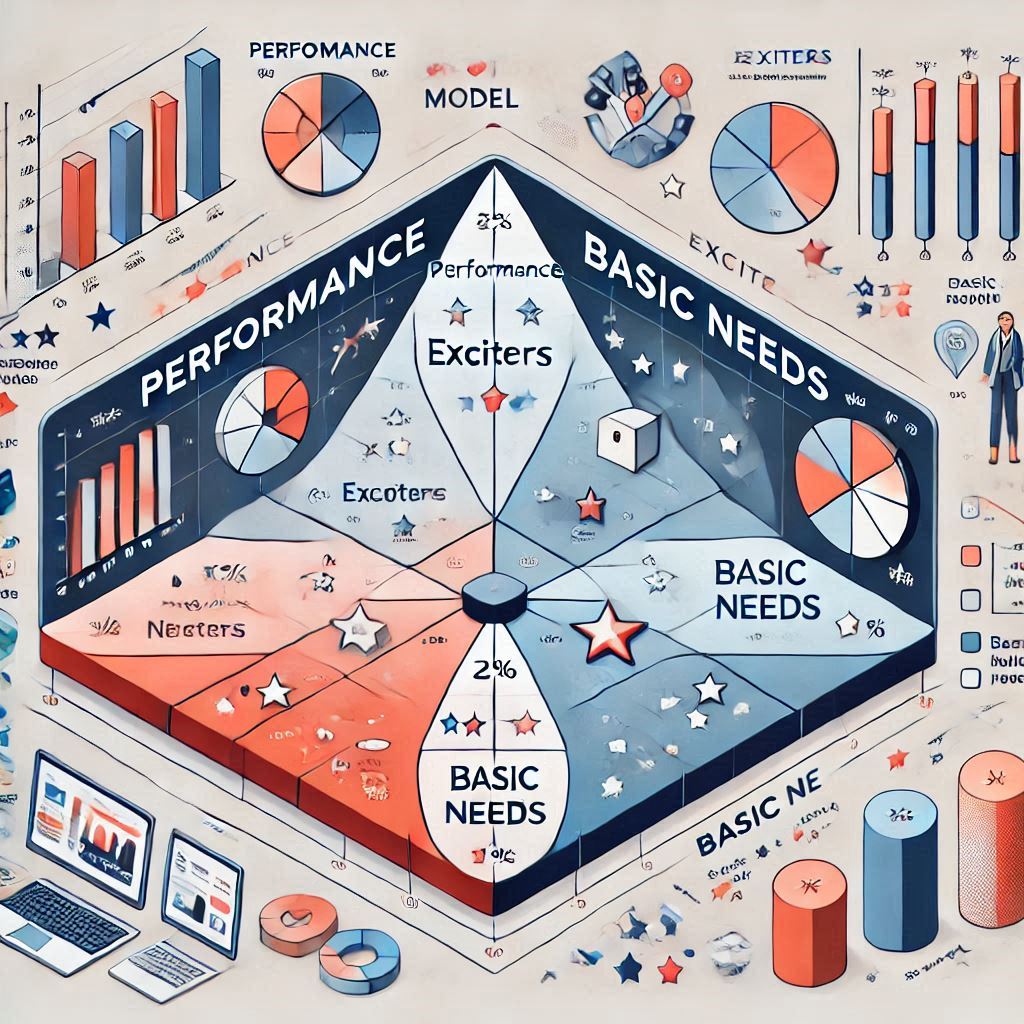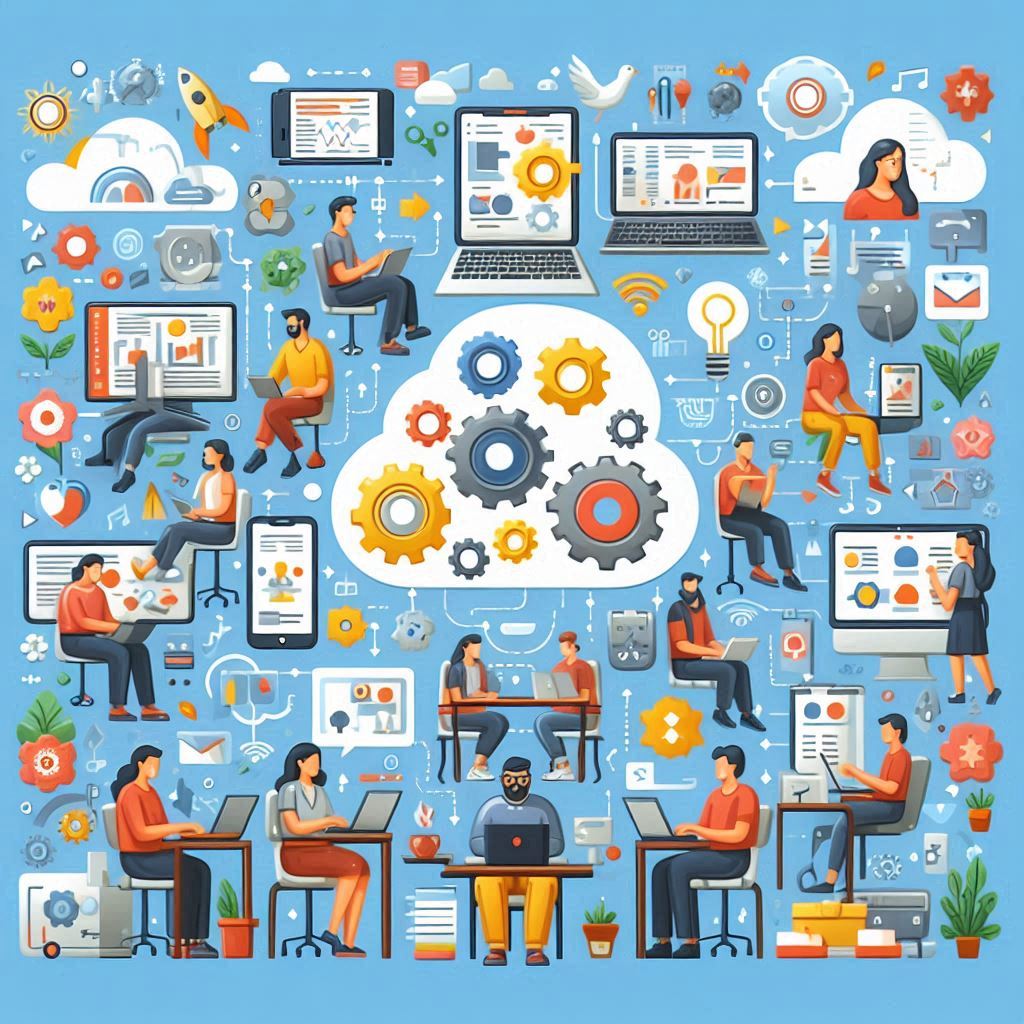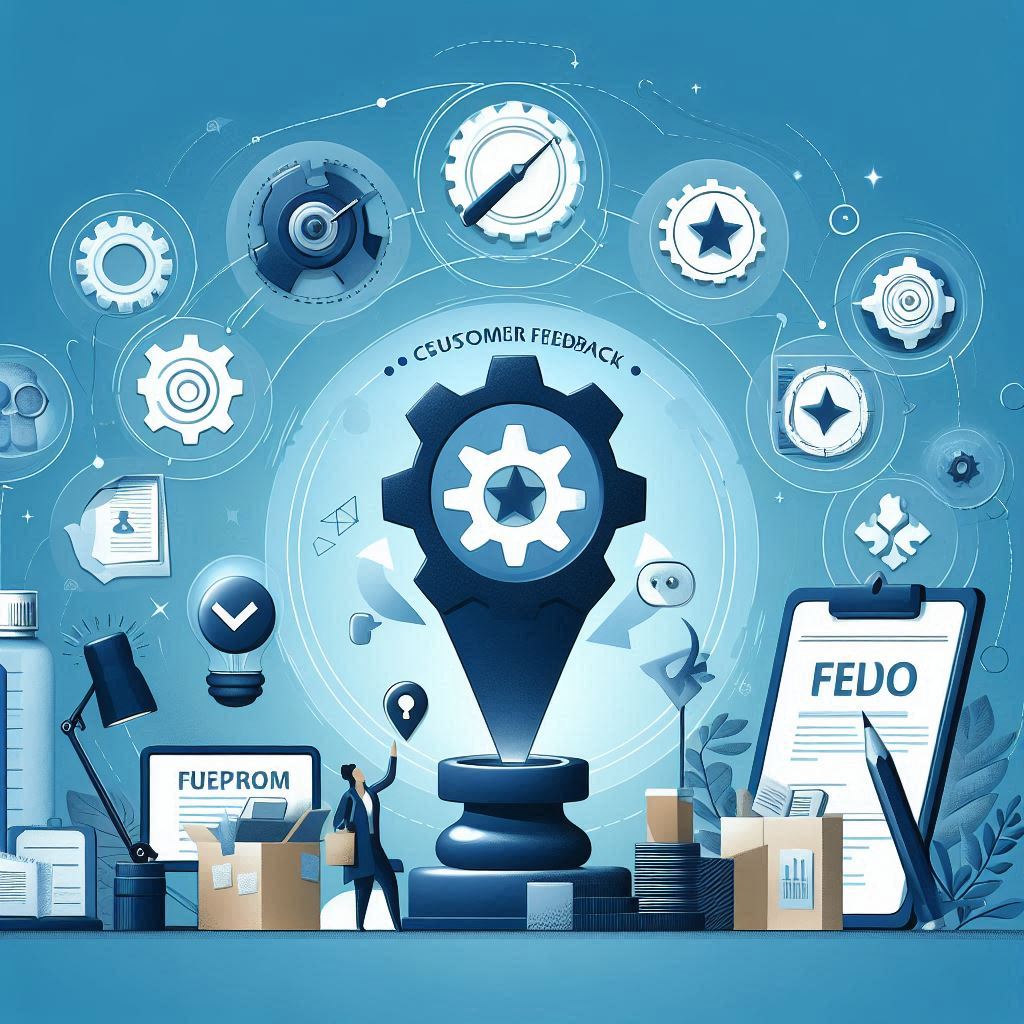-

The Kano Model: A Comprehensive Guide to Product Management and Feature Prioritization
Overview: The Kano Model The Kano Model, developed by Professor Noriaki Kano in the 1980s, is a sophisticated framework used to prioritize product features based on their impact on customer satisfaction. The model is predicated on the belief that not all product features contribute equally to customer happiness. By categorizing features into distinct groups, the…
-

RICE (Reach, Impact, Confidence, Effort): A Comprehensive Framework for Prioritizing Features
Overview: The RICE Framework In the fast-paced world of product development, teams often face the challenge of deciding which features or products to develop next. With limited resources and numerous potential initiatives, making the right choices is critical to delivering value to customers and achieving business goals. The RICE framework—standing for Reach, Impact, Confidence, and…
-

SAFe (Scaled Agile Framework): Scaling Agile Practices Across Large Organizations
Overview: The SAFe Framework The Scaled Agile Framework (SAFe) is designed to help large organizations scale Agile practices across multiple teams, ensuring that Agile methodologies can be effectively applied at an enterprise level. SAFe integrates the principles of Lean and Agile to provide a comprehensive approach that enhances productivity, quality, and time-to-market. By implementing SAFe,…
-

Jobs to be Done (JTBD): Understanding Customer Needs Through the Lens of Their Jobs
Overview: The JTBD Framework Jobs to be Done (JTBD) is a powerful framework for understanding customer needs based on the jobs they want to accomplish. Developed by Clayton Christensen and his colleagues, the JTBD theory posits that customers “hire” products or services to help them complete specific tasks, achieve goals, or solve problems. Unlike traditional…
-

OKRs (Objectives and Key Results): Setting Ambitious Goals and Tracking Outcomes
Overview: The OKR Methodology OKRs, or Objectives and Key Results, are a powerful framework used by organizations to set ambitious goals and track their outcomes. Originating from Intel and popularized by companies like Google, OKRs have become a widely adopted method for aligning teams, driving focus, and achieving measurable results. The OKR methodology is designed…
-

Design Thinking: A User-Centered Approach for Solving Complex Problems
Overview: The Design Thinking Methodology Design Thinking is a user-centered approach to problem-solving that focuses on understanding user needs, generating creative solutions, and testing these solutions through iterative processes. It is especially relevant in the software and SaaS (Software as a Service) industries, where user experience and rapid innovation are paramount. The methodology is structured…
-

Lean: Maximizing Value and Minimizing Waste
Overview: Lean Methodology Lean methodology, rooted in Lean manufacturing principles, is a systematic approach to product development and project management that focuses on creating maximum value for customers while minimizing waste. Originating from the Toyota Production System, Lean principles have been widely adopted in various industries, including software development, to streamline processes, enhance efficiency, and…
-

Frameworks and Remote Teams: Best Practices for Applying Product Management Frameworks in Remote or Distributed Teams
The rise of remote and distributed teams has fundamentally transformed the way organizations manage product development. The traditional co-located team setup has given way to geographically dispersed teams, necessitating new strategies and best practices to ensure effective collaboration, communication, and productivity. Product management frameworks, such as Agile, Lean, and Kanban, can be effectively adapted to…
-

Integrating Customer Feedback: How Different Frameworks Incorporate Customer Feedback into the Product Development Process
In the fast-paced world of product development, integrating customer feedback is essential for creating products that truly meet user needs and expectations. Different product management frameworks employ various strategies to gather, analyze, and incorporate customer feedback throughout the development process. This article explores how different frameworks, including Agile, Lean, Waterfall, and hybrid approaches, integrate customer…
-

Framework Evolution: How Product Management Frameworks Have Evolved Over Time and What the Future Might Hold
The landscape of product management has undergone significant transformations over the decades. From the early days of linear planning and rigid processes to the contemporary era of Agile and Lean methodologies, product management frameworks have continuously evolved to meet the changing demands of markets, technology, and consumer expectations. This article explores the evolution of product…
